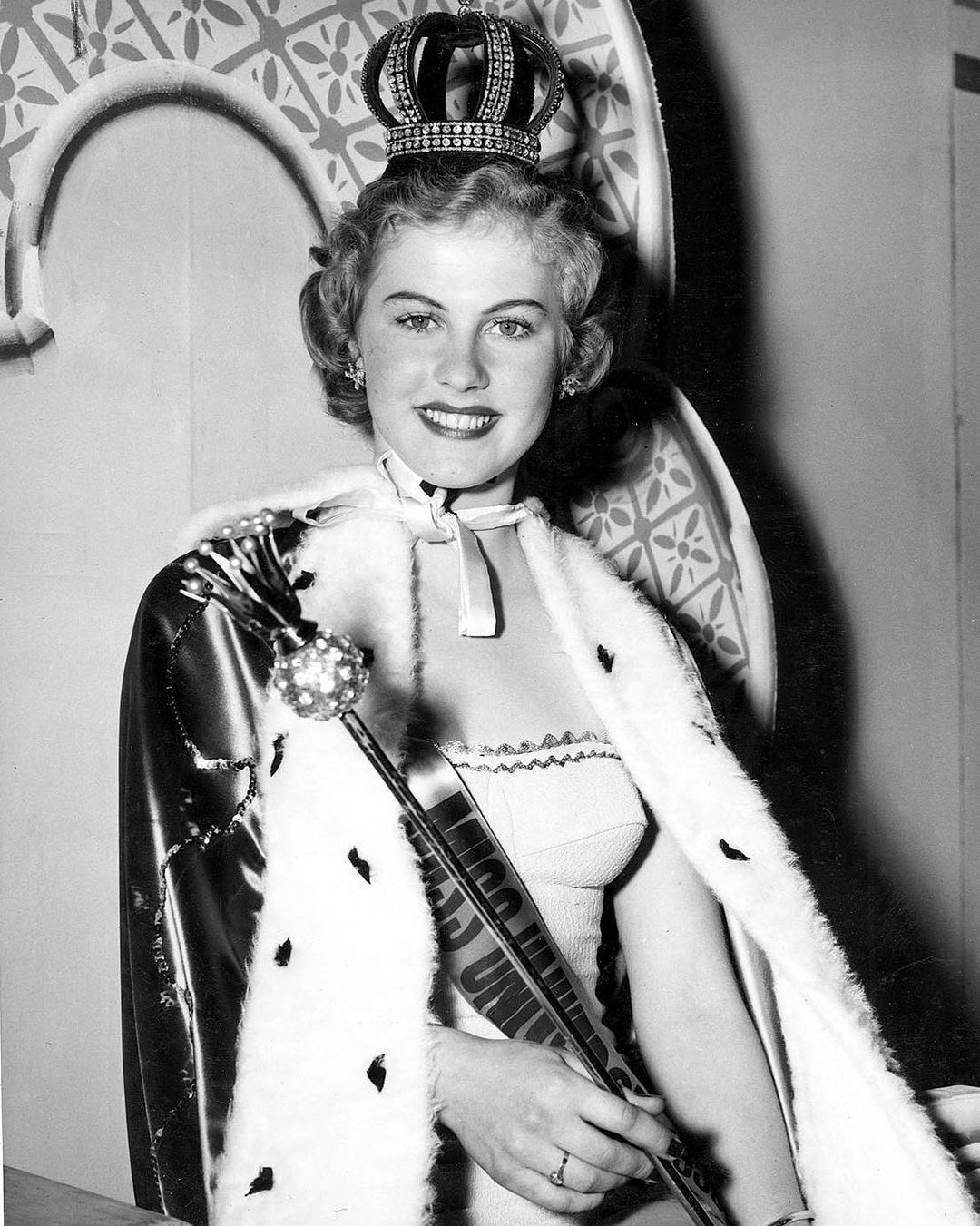
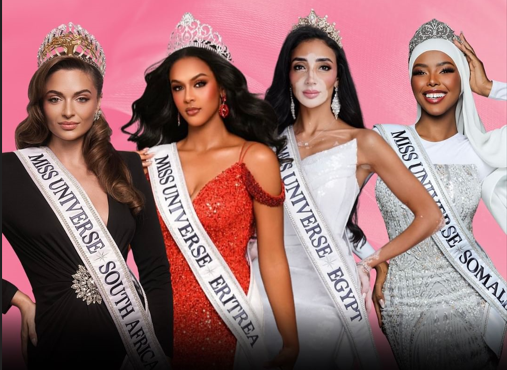
The 2024 Miss Universe pageant has made history by introducing four extraordinary women who are not just competing for the title but are also reshaping the landscape of beauty and inclusivity.
These trailblazers—Miss Egypt, Miss Somalia, Miss Eritrea, and Miss South Africa—represent a new era of representation, diversity, and empowerment on one of the world’s most prestigious platforms.
Logina Salah, Miss Egypt
Logina Salah is making history as the first-ever Miss Universe contestant with vitiligo, a skin condition that causes patches of skin to lose pigmentation. Her participation marks a pivotal moment in the pageant’s history, as she challenges long-standing beauty standards that have often excluded those whose appearances do not conform to conventional norms.
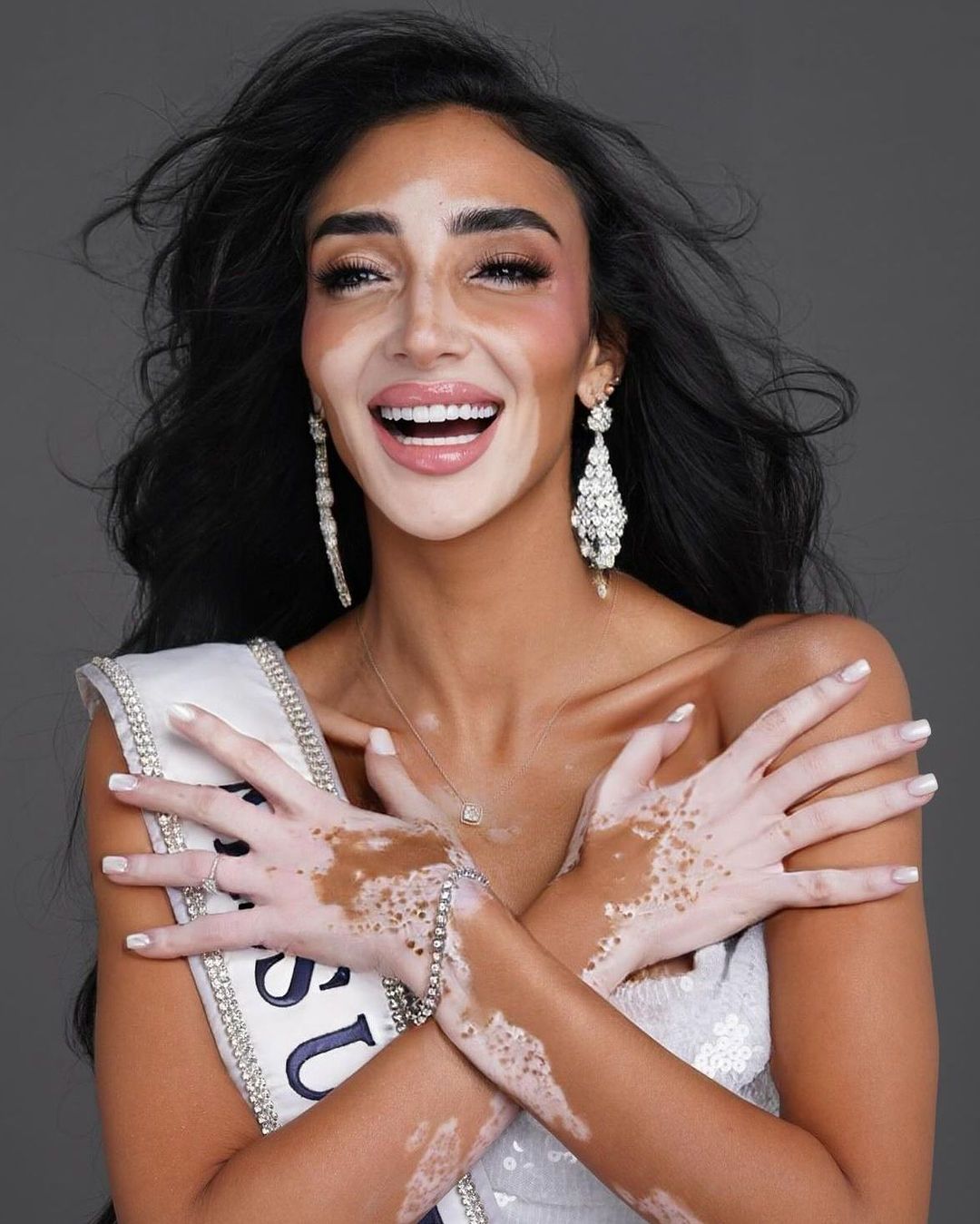
Vitiligo, while affecting millions of people worldwide, has seldom been represented in mainstream media, let alone on a global stage such as Miss Universe. Through her presence, Salah is not just competing for the crown—she is advocating for the recognition that beauty comes in all shades, forms, and stories. Her journey is a bold statement that representation matters and that every skin tone, no matter how unique, deserves to shine.
Khadija Omar, Miss Somalia
For the first time, Somalia has a representative in the Miss Universe competition. Khadija Omar is not only the first Somali woman to compete, but she is also breaking new ground by wearing a hijab during the competition. Omar’s decision to embrace her cultural and religious identity through her hijab is a powerful symbol of inclusivity and pride.
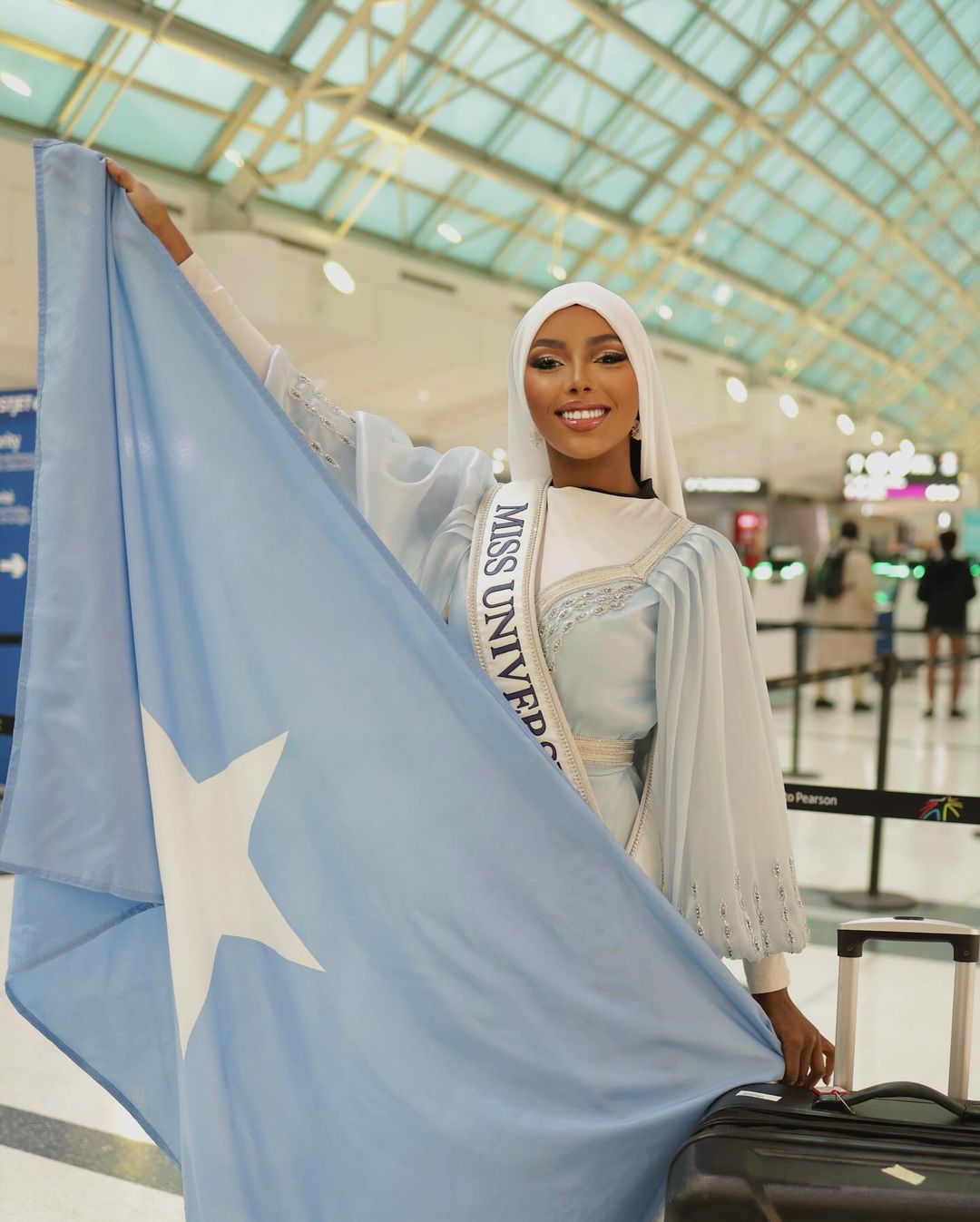
Her participation is a reflection of the changing global conversation around cultural representation, religious freedom, and the importance of visibility for women who wear the hijab. Omar is setting a precedent for Muslim women in pageantry, showing that modesty, faith, and beauty can coexist in the same space. She is not just a contestant, but a trailblazer for Muslim women who have historically been underrepresented in mainstream beauty competitions.
Snit Tewoldemedhin, Miss Eritrea
Miss Eritrea, Snit Tewoldemedhin, is making history by bringing her country’s first-ever representation to the Miss Universe stage. Eritrea, a small East African nation, has long been overlooked in global beauty pageants, and Tewoldemedhin’s participation marks a breakthrough for the country and its people.
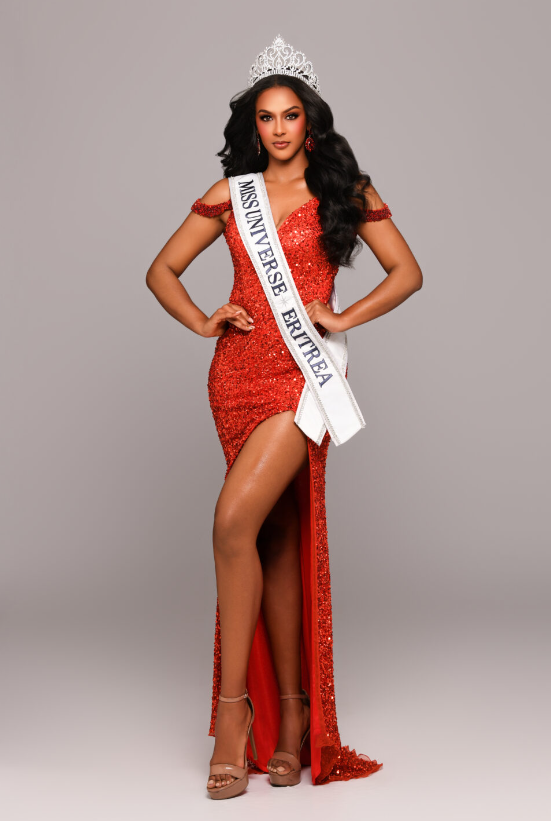
Her presence is emblematic of the increasing diversity and cultural richness in beauty pageants, highlighting the importance of global representation. Tewoldemedhin’s platform amplifies the voices of Eritrean women, showcasing the country's unique culture and inspiring women across Africa and the diaspora to believe that they, too, belong on the global stage. By competing, she is sending a message that beauty transcends borders and that every culture has a place in the narrative of global beauty.
Mia le Roux, Miss South Africa
Mia le Roux is the first-ever contestant with hearing impairment to compete in the Miss Universe competition. Born deaf, Mia has always defied the odds, proving that beauty and strength are not determined by physical abilities or disabilities. Her participation is a significant moment for the disability community, as it demonstrates that beauty is not limited to those who meet conventional standards of physical perfection.
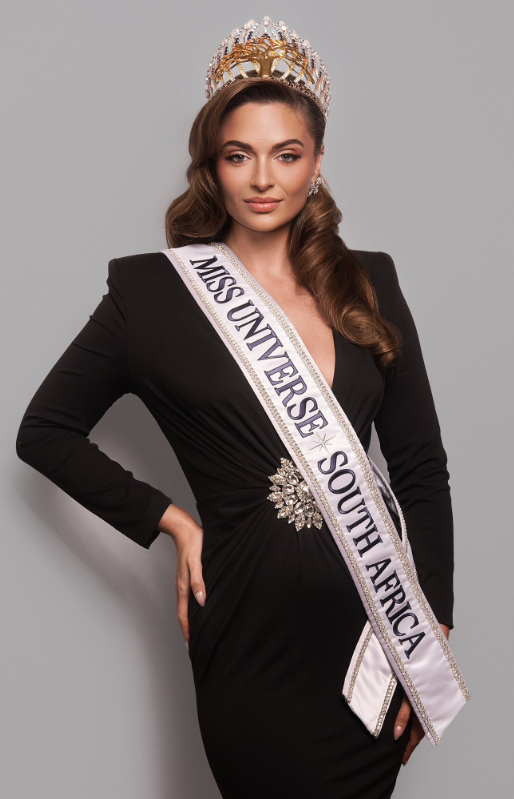
Mia’s story is one of resilience, perseverance, and self-acceptance, and her journey to the Miss Universe stage is a testament to the power of inclusivity. Her presence is a reminder that beauty and strength manifest in many forms and that the world of pageantry is becoming more accepting of diverse abilities and experiences.
Read also: The only 4 African countries that have won Miss Universe title
The Miss Universe pageant has been held annually since its inception in 1952, making it a tradition that has spanned over 70 years.
The first Miss Universe competition took place in 1952 in Long Beach, California, USA and was founded by Pacific Knitting Mills, which later became part of the Miss Universe Organization. Over the decades, the pageant has grown in prestige and global significance, becoming one of the most well-known beauty contests in the world.

As of 2024, the Miss Universe pageant has been held for 72 years, and during that time, it has seen remarkable growth. What started as a contest with just a handful of countries participating has expanded to include over 90 countries competing for the coveted crown. This growth reflects the increasing global interest in the pageant and its evolving role in showcasing diverse cultures and beauty standards.
Over the years, the competition has evolved significantly, with the inclusion of a wider variety of contestants from different cultural, racial, and ethnic backgrounds. In recent years, the pageant has made significant strides in embracing inclusivity, with notable milestones such as the representation of contestants with disabilities, contestants wearing hijabs, and a broader acceptance of different body types. The pageant’s growing diversity underscores the changing societal attitudes toward beauty, highlighting the importance of representation in a globalized world.
In 2024, the Miss Universe competition also saw new additions to the roster of countries, further increasing its global reach. For the first time, nations like Eritrea and Somalia are sending representatives, while Mexico made its historic debut, marking a year of many firsts for the pageant. These new additions are part of the ongoing effort to ensure that the Miss Universe platform is more inclusive and reflective of the global community.
The 2024 edition will undoubtedly be remembered as a milestone year, as the competition continues to reflect the rich diversity of women around the world and embrace the ever-changing definition of beauty.
Read Full Story

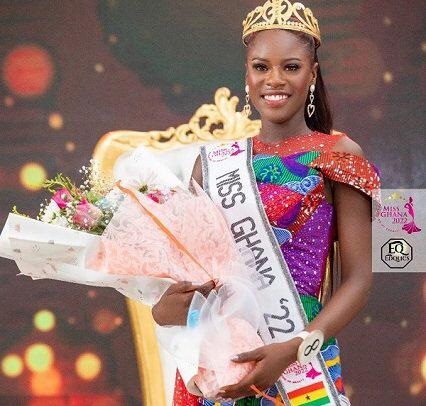
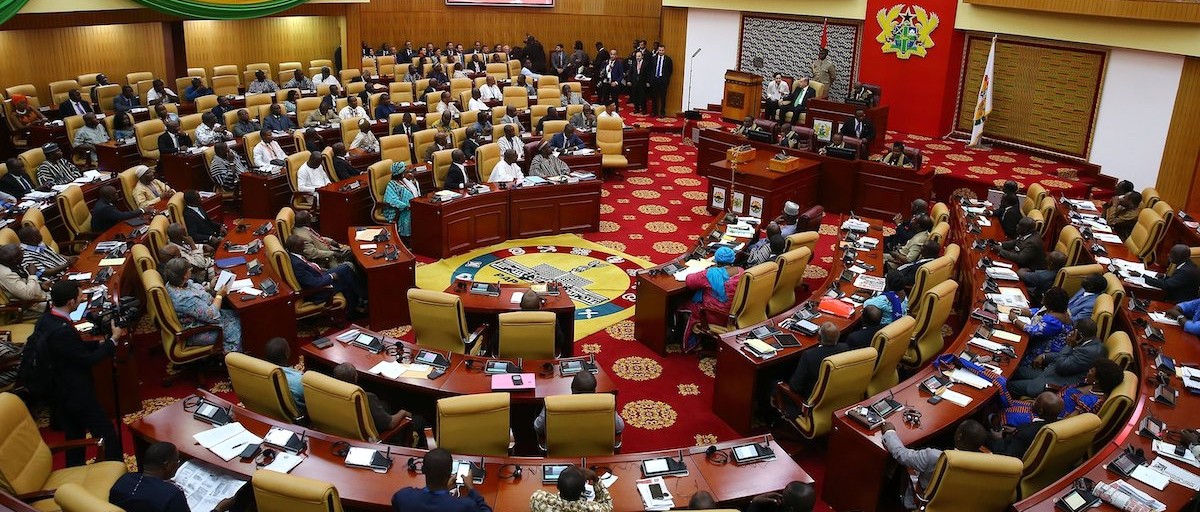
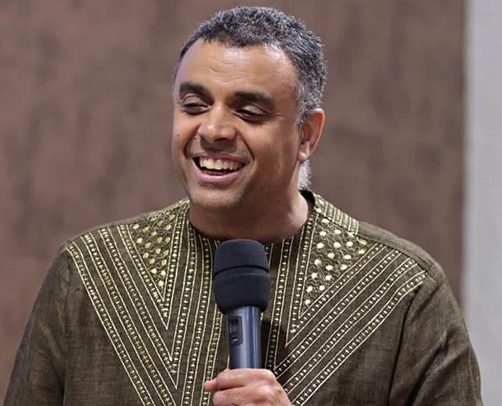

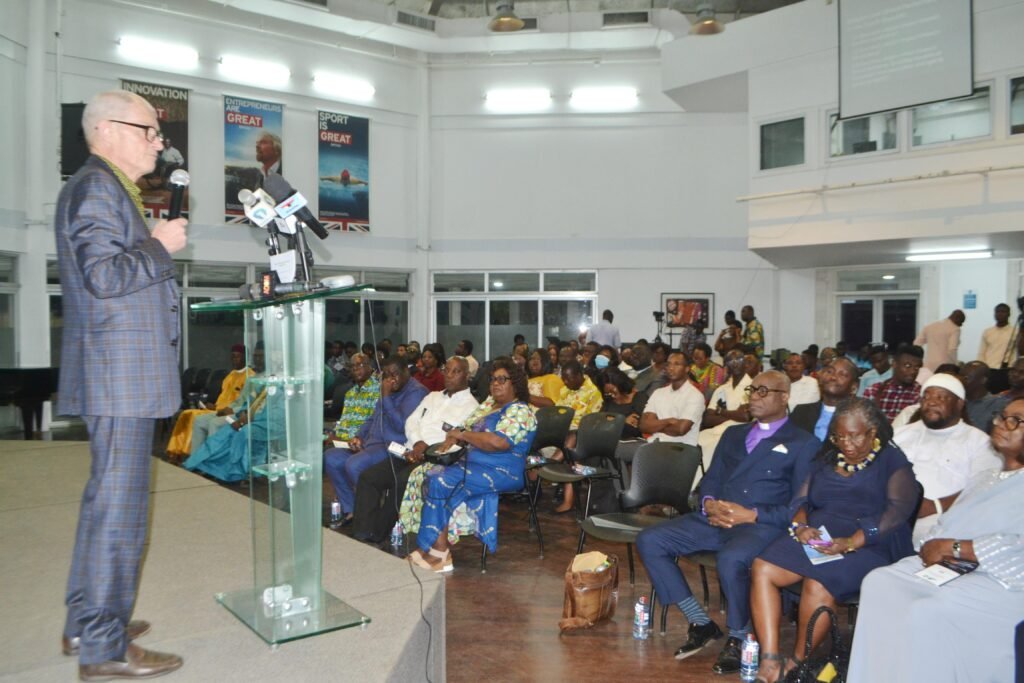






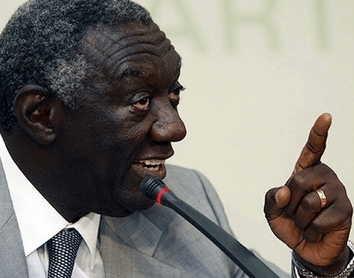
Facebook
Twitter
Pinterest
Instagram
Google+
YouTube
LinkedIn
RSS